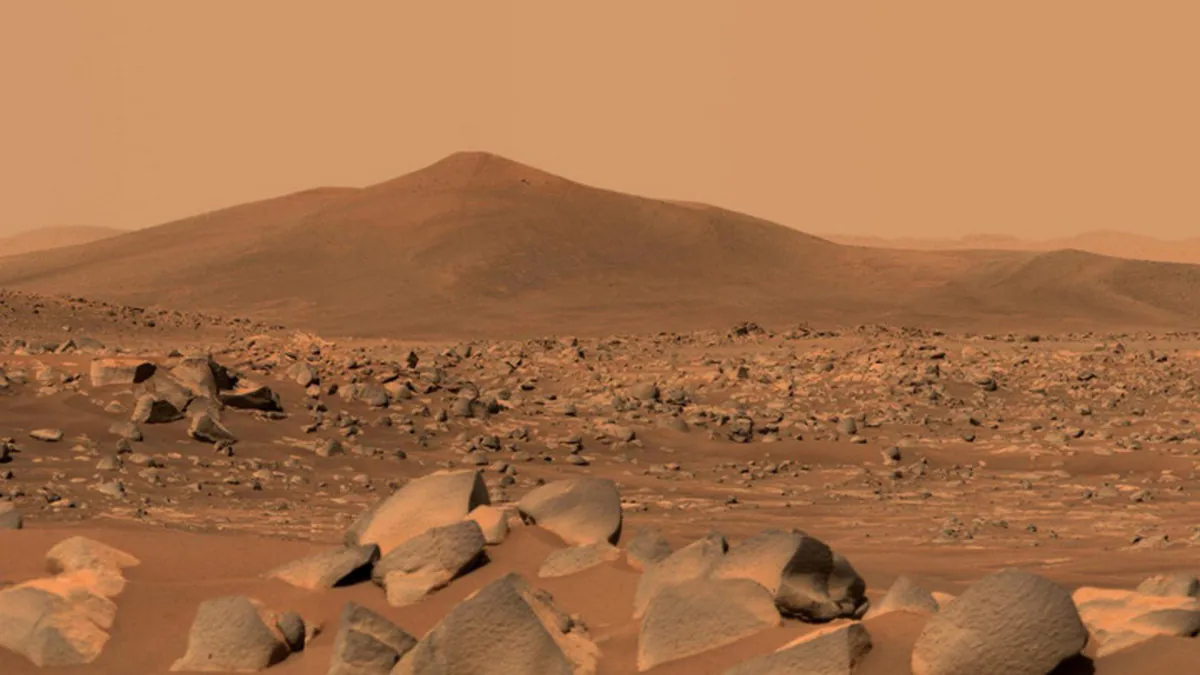
The innovative Compact Color Biofinder device, developed by a team of researchers at the University of Hawaii at Manoa, could change the rules of the game in search of signs of extraterrestrial life.
Most biological materials, such as amino acids, fossils, sedimentary rocks, plants, microbes, proteins, and lipids, have strong organic fluorescence signals that can be detected by special scaners. In a study recently published in Nature Scientific Reports, the research team reported that Biofinder is so sensitive that it can accurately detect bio-residue in fish-fossils aged 34-56 million years.
“The Biofinder is the first system of its kind,” said Anupam Misra, lead instrument developer and researcher at the Hawai’i Institute of Geophysics and Planetology at the UH Mānoa School of Ocean and Earth Science and Technology (SOEST). “At present, there is no other equipment that can detect minute amounts of bio-residue on a rock during the daytime. Additional strengths of the Biofinder are that it works from a distance of several meters, takes video and can quickly scan a large area.”
Finding evidence of biological remains in the vast planetary landscape is a huge challenge. Therefore, the team tested the Biofinder detection capabilities on ancient fish fossils from Green River and confirmed the results through laboratory spectroscopy analysis, scanning electron microscopy and fluorescence lifetime imaging microscopy.
“There are some unknowns regarding how quickly bio-residues are replaced by minerals in the fossilization process,” said Misra. “However, our findings confirm once more that biological residues can survive millions of years, and that using biofluorescence imaging effectively detects these trace residues in real time.”
The search for life – existing or extinct – on planetary bodies is one of the main goals of planetary exploration missions conducted by NASA and other international space agencies.
“If the Biofinder were mounted on a rover on Mars or another planet, we would be able to rapidly scan large areas quickly to detect evidence of past life, even if the organism was small, not easy to see with our eyes, and dead for many millions of years,” said Misra. “We anticipate that fluorescence imaging will be critical in future NASA missions to detect organics and the existence of life on other planetary bodies.”
“The Biofinder’s capabilities would be critical for NASA’s Planetary Protection program, for the accurate and no-invasive detection of contaminants such as microbes or extraterrestrial biohazards to or from planet Earth,” said Sonia J. Rowley, the team biologist and co-author on the study. Mishra and his colleagues are applying to be able to send Biofinder to a future NASA mission.
“The detection of such biomarkers would constitute groundbreaking evidence for life outside of planet Earth,” said Misra.
You can also help Ukraine fight with Russian occupants via Savelife or via an official page of the National Bank of Ukraine.
Read also:
Leave a Reply